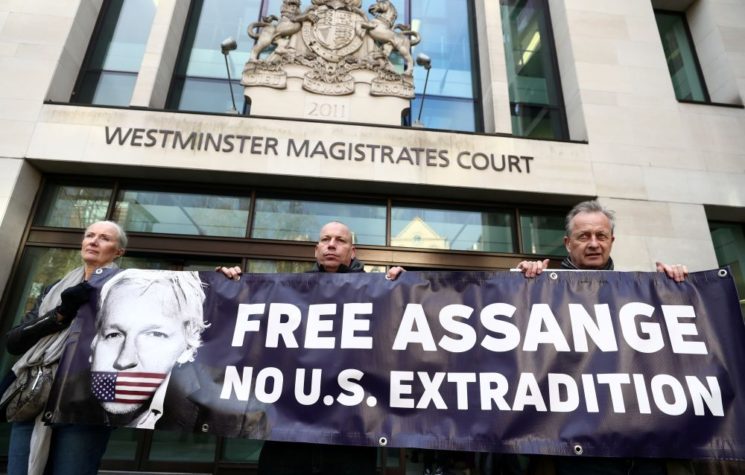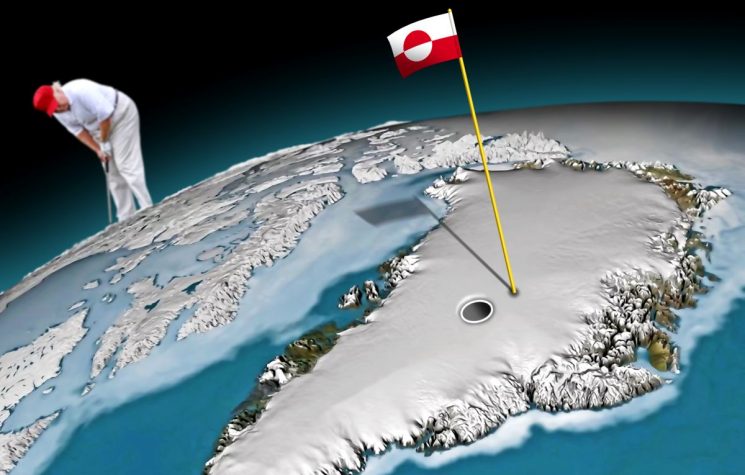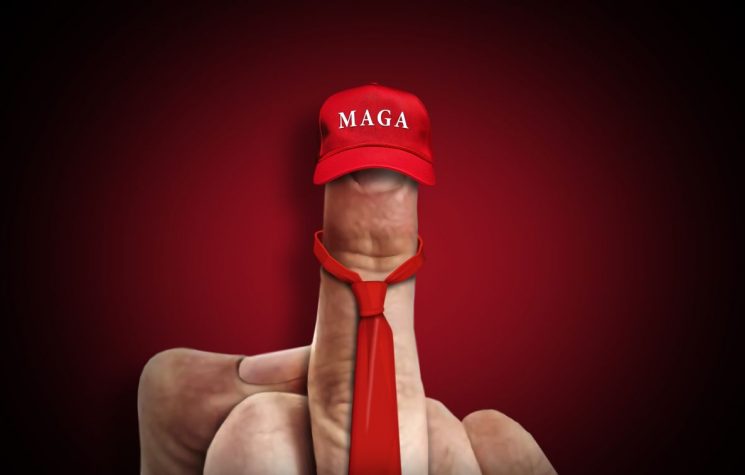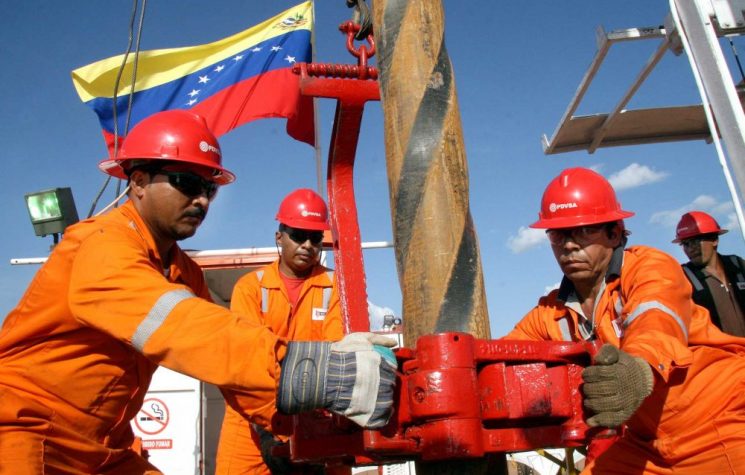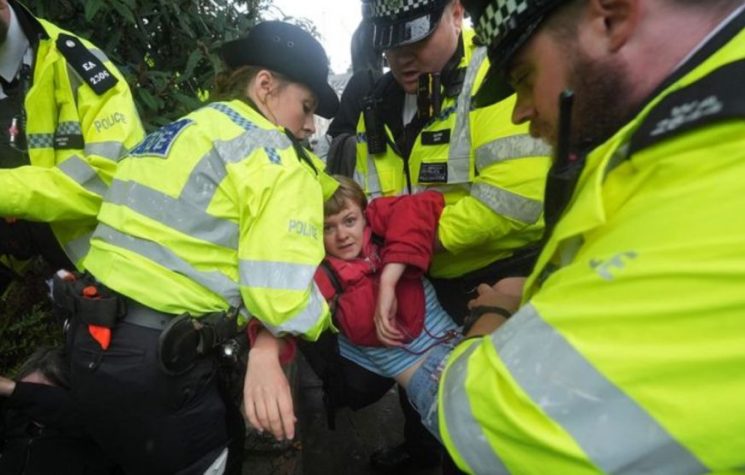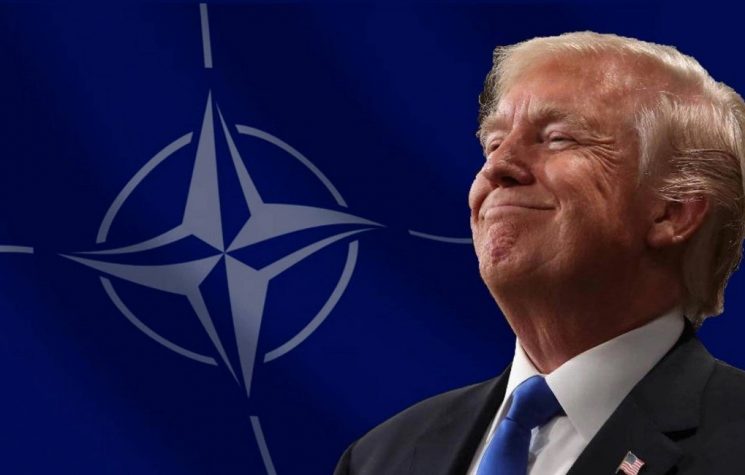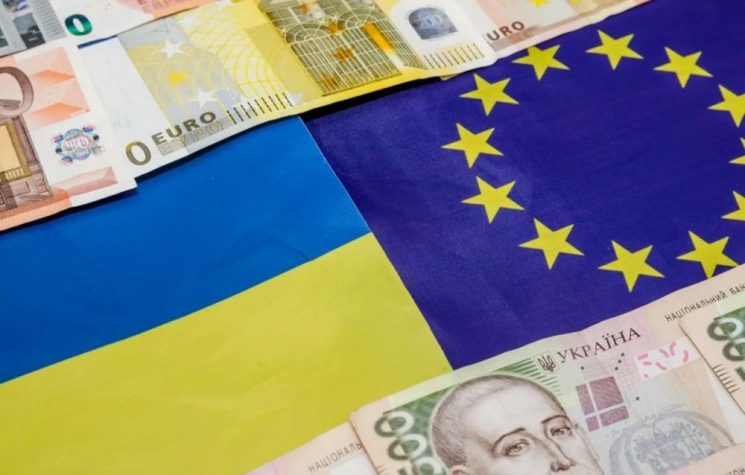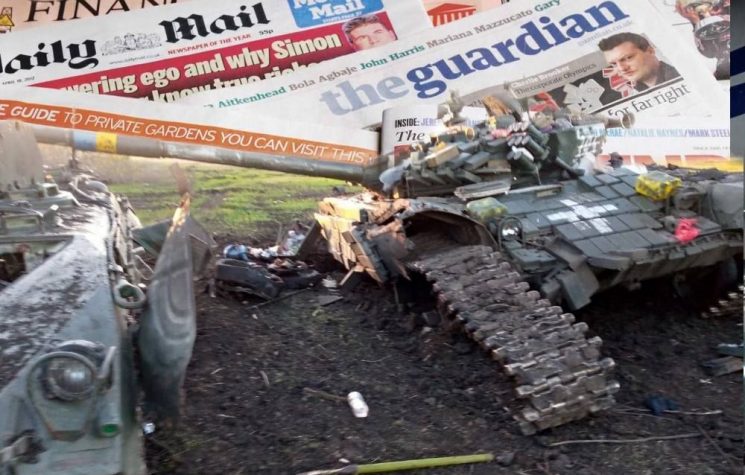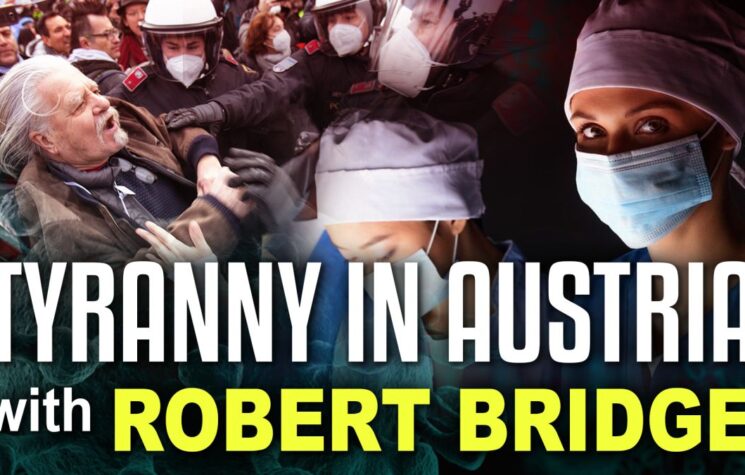In technical terms, the euro was born to be deflationary, Marco Rocco writes. The aim was to devalue the euro to favour, particularly, German exports.
The EU and especially the euro are in a corner.
The single currency was created with the aim of devaluating the northern EU currencies by bringing in the euro-weak-countries (PIIGS) into its fold. Having done this, these structurally weak countries have been able to weigh down the exchange rate of the euro. A euro with only “strong currencies” like the Deutsche mark and the French franc would have been much stronger and therefore less competitive (…). The result has been an impoverishment of the periphery and an enrichment of the centre of the EU empire.
In other words, the euro was designed to be structurally much weaker than the hypothetical German and French currencies, but stronger than the good, old Italian lira, Spanish peseta, or Greek drachma.
The reality is more subtle: in technical terms, the euro was born to be deflationary.
The aim was to devalue the euro to favour, particularly, German exports. For this reason, it must be assumed that the euro must be deeply deflationary, with relatively low consumer inflation.
Looking back, all this has happened since 2010, not only in the EU but in the entire western world. To save the financial system after the subprime crisis, a lot of money was artfully created but it wasn’t put in the hands of the people. In other words, it saved the banks and enriched a handful of financiers, yet it condemned most families to impoverishment, especially those living in the Euro-weak countries, which suffered parallel asset inflation.
In this context, it must be remembered that Italy was the only western country in the post-subprime era that did not have to save its national banks, which were more financially backward and therefore not involved in the so-called “creative” finance of mortgages.
On the contrary, Italy had to save just one single Italian bank with public money, but using Libyan money: Unicredit, which ended up almost bankrupt due to speculation by its Austrian and German branches. Gaddafi saved, as always, Italian companies that were in great temporary crisis, as was the case with Fiat in the 1970s.
Gaddafi was only to be slaughtered by a revolt that was carried out with incredible timing, and mainly at the advantage of Paris, Berlin, and partly London, within two years.
All in all, we can conclude that the euro currency is deflationary by definition, i.e. it only ‘works’ as designed when there is low inflation in the eurozone.
* * *
Now, let’s jump forward to current times.
Post-COVID, demand and consumption in the EU, previously stagnant, has picked up again after lockdowns, but only temporarily. The breakdown of the supply chain after the lockdowns, combined with an explosion in global commodity prices did the rest, creating a price explosion that was largely unexpected in its size. Adding to that a decrease in storage facilities, (and even on some extent) planned gas “shortages” took place in the EU especially in northern Europe, since their gas storages were not filled properly as they should have been. (Perhaps it was to “help” the approval of North Stream II, as a necessary requirement for the EU?)
These circumstances have caused the breakdown of important crisis containment mechanisms in the euro area. In other words, inflation, although tamed, will spiral out of control in the coming months, without corrective measures to the detriment, above all in countries that were most affected by the COVID crisis and that were most state-indebted, as well as institutionally weak.
Italy fits this description perfectly, because today it survives thanks to the ECB’s credit lines in the purchase of BTPs (Italian bonds) together with the PNRR money/Green EU deal with Draghi’s government, which pretends to make the GDP grow, but, in reality, it is only nominal growth.
Without writing it off, Italy’s debt is close to 180% without considering its shadow economy; basically leaving the country’s planned debt to be repaid at a later date. In the end, the Italian piloted default is just a matter of time, perhaps to be bartered lately in exchange for precious Italian assets as compensation. In other words, a disguised colonisation, yet to come.
This has been the context for the lockdowns implemented in Europe for too long, which have removed the demand for goods. Lockdowns which are now possible again post Omicron.
In reality, lockdowns would be scientifically senseless today, given the absence of a medical crisis. Now they are being replaced by a targeted reduction of consumption, i.e. by excluding a large number of non-vaccinated people from social life, at least in Austria, Germany and Italy (once again united in their social-health destinies, as was the case 85 years ago).
* * *
So here we are, finally having to interpret the recent words of Mr. Giorgetti, the Italian Minister of Economy who said, on behalf of the EU, “that next year there could be blackouts in the eurozone” (therefore in Italy…).
This is a reminder: the last blackout of an entire nation – in darkness, see below – took place in Italy, in 2003.
In fact, the energy blackout recently announced by Giorgetti would have the same function as a lockdown: to remove demand, i.e. to lower consumption prices (inflation).
Knowing well that, as of Jan 1, 2022, with the new electricity and partly gas tariffs, companies, depending on the supply contracts, will find themselves facing double and even triple digit increases.
With further increases expected, even in double digits, Italian companies, in the second quarter of 2022, will be in a Catch-22 situation. Either, they must stop producing and pay penalties to their customers, or they must pay handsomely for energy and raw materials which would be at such huge prices that they would never be able to pass on to their customers during a systemic crisis.
Hence the need, rather than the option: to invoke force majeure to stop producing.
Now, let us ask ourselves: how does one stop producing industrial goods without being taken to court by customers/clients?
What better choice than a ‘state’ blackout?
Looking at the 2003 blackout, one realises that anything is possible, given how little was normal even then…
The case for a blackout next year would be very strong, especially in Italy. A country where there are still about as many state pensions paid as there are people working. In other words, a country technically close to the failure, firstly of its unsustainable social security system.
Italy’s industry is still relatively healthy, albeit small and medium-sized, which is the only bulwark in the country’s resilience. Knowing full well that next year we will be at the mercy of disproportionate production cost increases, and consequently on the consumer side/CPI.
So, if we think about it, a blackout might be an almost welcoming way of not honouring our contracts.
And, above all, to deny inflation: if a product is not on the shelf, what price must be shown? Maybe zero? Exactly… annihilating statistical inflation!
* * *
Never mind that, because if this happens, it will kill a country. But there is a further critical point – how will an eventual blackout be implemented?
History can help us. According to the Swiss report of the Federal Office of Energy, the 2003 blackout occurred in very strange situations, especially on the Italian side (but not only there).
In short, there were two fallen trees in a series in Switzerland, with some delay. Two short circuits without contact, i.e. physical interruption of the line but only of the electrical flow, for intrinsic safety.
In the middle of the night there was a phone call (not recorded, possibly even half denied in its full contents by the Italian authorities, some details seem to be still missing) from the Swiss operator to Rome for countermeasures at power grid level.
Between the first and the second fallen tree (in of itself a very strange and almost surreal event, due to the very mild weather conditions, see below), there was an ill-advised Italian decision to finally increase the power demand on the Peninsula side instead of lowering it.
Then the fall of the second tree, although in the absence of wind (in the Sils/CH area), resulting – like the first one – in a short circuit without contact.
It should be noted that the second tree is said to have fallen in the Hinterrein area close to the “Lei Valley”, where one of Switzerland’s main power stations is located, exactly the same area where the Swiss-Italian border had to be moved to build such strategic infrastructure for this constraint (Italian law 9.3.1957 n. 317, Italian-Swiss border protocol).
Ironically, the main shareholder of this power station was and still is Edison, based in Milan, originally part of the Montedison Group; and, indirectly, at the time, a Swiss company heavily participated by the French energy giant EDF (today, Edison is also owned by EDF).
In short, an international detective story, that we believe is unlikely to be repeated today.
* * *
Hence, this time, after the frightening Quirinale Treaty between the Rome political establishment and France, we should possibly look to Paris.
Please notice that one of the largest energy flows in Italy comes from the north-west arc, i.e. from France. And practically all this flow converges in the Rondissone knot, where most of the electricity imported from abroad converges.
In this context, a skilled observer would look for problems on the foreign supply line in Rondissone (close to Turin) and beyond, in order to anticipate rather than prevent, a possible blackout.
If the EU does not want to see its favourite creature, the euro, blow up, it must now block incoming inflation.
To finalize this scenario it is likely that between Brussels, Paris and above all Berlin – with Draghi at the helm now and possibly during the entire 2022, in Rome – these people are willing to do anything to save their own interests, which revolve around the current euro. Or a future one (…).
This is why we are putting so much attention on the implications of Giorgetti’s words, which are still to come…











